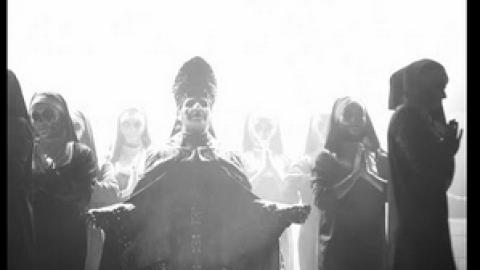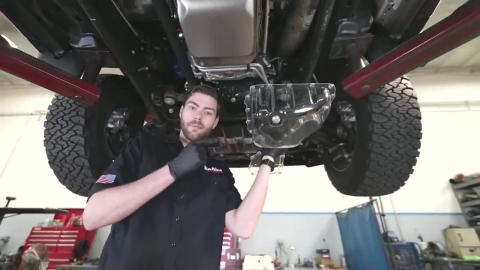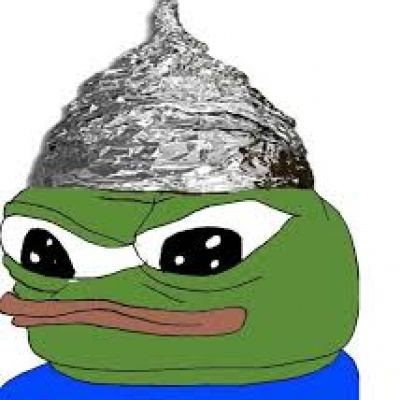#4E.O.P.P.I.E. SECRET LIFE OF NIMH
This was a film from 1982. This was predictive programming. Scientists have created a mouse embryo that's part human -- 4% to be exact, since 2020.
The hybrid is what scientists call a human-animal chimera, a single organism that's made up of two different sets of cells -- in this case, a mouse embryo that has both mouse cells and human cells.
This human-mouse chimera has by far the highest number of human cells ever recorded in an animal, according to researchers. Their experiment suggests that many types of human cells can be generated in mouse embryos, and at a much faster rate than in human embryos. The use of iPSCs and tetraploid complementation for human reproductive cloning would raise profound ethical objections. Professional standards and laws that ban human reproductive cloning by somatic cell nuclear transfer should be revised to also forbid it by other methods, such as iPSCs via tetraploid complementation. One especially controversial use of HeLa cells was the development of human-animal hybrid cells. Scientists had discovered that cells could be made to fuse in culture—that is, they would combine their genetic material, much like sperm fertilizes an egg. In 1965, two British researchers successfully fused HeLa cells with mouse cells.
The sensational newspaper headlines predicting hideous mouse people notwithstanding, the hybridization of human and animal cells resulted in significant advances in our knowledge of how genes work. Researchers discovered that, as time went on, the human-mouse hybrid cells would lose their human chromosomes. This behavior enabled researchers to track which chromosomes corresponded to which cell traits (because when a certain cell trait disappeared, researchers could correlate that disappearance to a lost chromosome).
0



 The Alex Jones Show
The Alex Jones Show
 TheQuartering
TheQuartering
 Life_N_Times_of_Shane_T_Hanson
Life_N_Times_of_Shane_T_Hanson![Ep. 3506b - Ukraine People Want Peace,[DS] Wants War,Trump & Gaetz Have A Little Secret,Game Theory](https://cdn.mgtow.tv/upload/photos/2024/11/ac7b319d5712cdf4c3adc47fb72ca8f5be94661cT9x1rfqQo2meVGaIQk5Z.video_thumb_high.jpg)
 X22 Report
X22 Report
 NiilistaCetico
NiilistaCetico

 KEEPER
KEEPER
 Stefan Molyneux
Stefan Molyneux
 Freshfit
Freshfit

 richardblank
richardblank





 Redacted News
Redacted News
 TheRedKnight
TheRedKnight

 Raging Golden Eagle
Raging Golden Eagle

Log in to comment
Damn. I do not remember this scene: Was it s deleted scene?